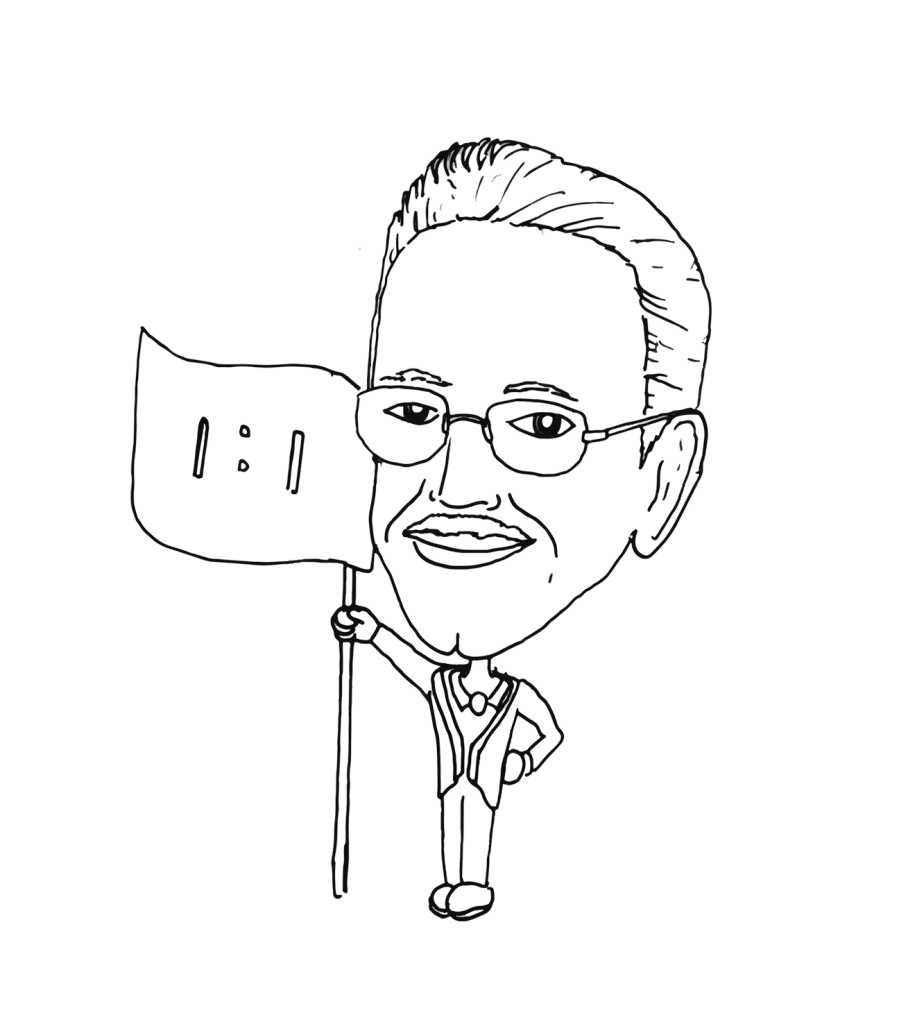Espresso Brew Ratios From La Marzocco
Below is an articles from our partners at La Marzocco. When we talk about brew ratio, we’re talking about the weight of coffee grounds to the weight of espresso in the cup. Learn more here!
Written by Ben Blake/Scott Callender - La Marzocco
Brewing espresso seems like a pretty straightforward process, but there are actually quite a few variables that we’re looking to control and balance at one time in order to get the best possible taste out of a coffee. Understanding these variables comes with time and practice, but one of the most important variables we need to control is also one of the easiest: brew ratio. When we talk about brew ratio, we’re talking about the weight of coffee grounds to the weight of espresso in the cup. By changing the weight of coffee or the weight of liquid espresso in a shot, we can manipulate the taste and mouthfeel of the espresso.
Measuring brew ratio is pretty easy with a scale, and doesn’t require much practice (we recommend a scale that measures to the .1 g). Using a scale, we can easily and consistently measure the weight of ground coffee that goes into the portafilter, as well as the weight of the liquid espresso that ends up in the cup.

Using traditional Italian espresso nomenclature, we’ll refer to a brew ratio of 1:1 (18 grams in / 18 grams out, for example) to 1:2 (18 grams in / 36 grams out) as a “ristretto” espresso; a 1:2 to a 1:3 ratio as a “normale” espresso; and a 1:3 to 1:4 ratio as a “lungo” espresso.
A great exercise in understanding the differences between each of these ratios is to simply pull shots using a constant amount of coffee (say, 18 grams each time) to each ratio and compare the taste, clarity, and mouthfeel between them. Ultimately, brew ratio comes down to personal preference, and playing around with brew ratio and trying different shots is the only way to tell which ratio you prefer to use at home.
These personal preferences show up differently all around the world and add a bit of cultural flair to espresso as well. Depending on where you live, you might see brew ratios play out differently in local cafes and coffee shops. While espresso isn’t the oldest beverage in the world, it’s filled with cultural traditions that manifest themselves differently with the different tastes of the region.

For instance, if you walked into Seattle’s Vivace Espresso, you’d probably find a ristretto espresso, somewhere in between a 1:1 or 1:1.5 ratio. David Schomer, the founder of Vivace, was an espresso pioneer and introduced this style of brewing to the Northwest. The ristretto espresso is viscous with a heavy body, but lacking in clarity. This tighter brew ratio plays to the strengths of a darker-roasted, low-grown coffee that has chocolatey, caramel characteristics. What ristretto espresso lacks in clarity, it makes up for in body or mouthfeel. At the time Schomer was introducing this style, Americans were adding large amounts of milk to their coffee and ristretto shots shone through in these larger drinks as well as provided a completely novel straight shot of espresso.

As lighter roasted, higher grown coffees have become more popular over the last few years, brew ratios have been changing as well. The current norm in specialty coffee shops across the US, Europe and Australia trend toward a normale espresso range somewhere between a 1:1.5 or 1:2 ratio. As more and more single origin coffees are being used as espresso, it has become necessary to experiment with higher brew ratios. Increasing the ratio brings about more clarity in the espresso, and allows for proper extraction in lighter roasted, higher grown coffees that can be more difficult to extract.

Of course, when talking about espresso, it’s impossible not to mention the birthplace of the espresso machine. If you’ve been to Italy at all, chances are you’ve either had an espresso or been in a cafe that serves espresso. What might be surprising, however, is that the traditional Italian method of making espresso is a 1:3 brew ratio. They have stuck to that formula for decades.So, while many specialty shops in the US and Europe use between 16-19 grams of coffee for espresso (yielding 24-38 grams of liquid), Italian cafes use about 7 grams of coffee that result in a 21 gram single shot of espresso.
Coffee has changed quite a bit over the years, and because of that, espresso and our understanding of espresso has been in a constant state of change. Some baristas and coffee professionals have been pushing the envelope, and have been pulling “lungo” espresso in the 1:4 range or even higher. Again, by extending the brew ratio, the clarity of the coffee increases, body and viscosity decrease, and more individual notes of coffee become evident and easier to pick out. This style of brew ratio tastes more like a traditional cup of drip coffee and has started to pop up more and more in high-end specialty shops.

Matt Perger of St. Ali in Australia has been championing the idea of a higher brew ratio for the last couple years, going so far as to dub them “coffee shots” that end up being as big as a 1:17 ratio. While this is rare, it’s telling of the current state of espresso across the coffee industry. We’re redefining what espresso is, and pushing our understanding of how to use an espresso machine to create a delicious cup of coffee. Which is, of course, the ultimate goal.
Every coffee is different, and your preferred brew ratio might change from coffee to coffee, but understanding brew ratio and your general preference will allow you to get the best out of your espresso machine.
This content is reposted from our partner: La Marzocco USA.